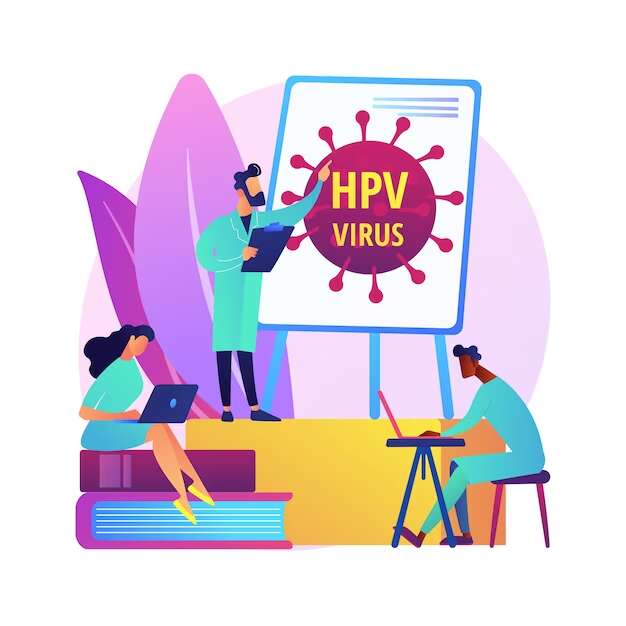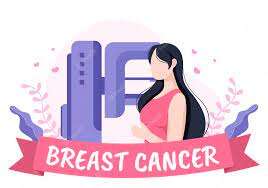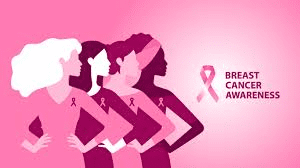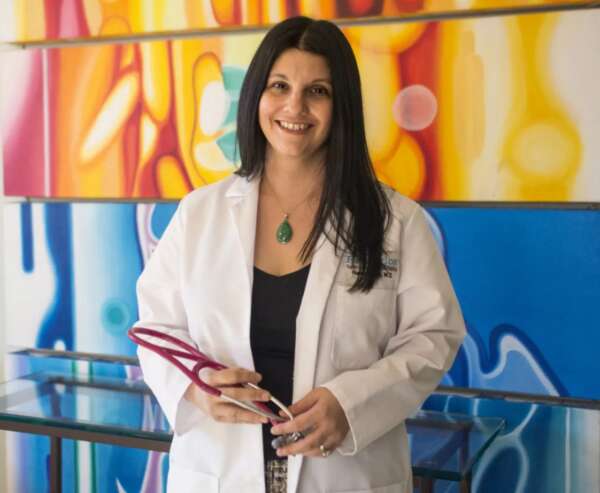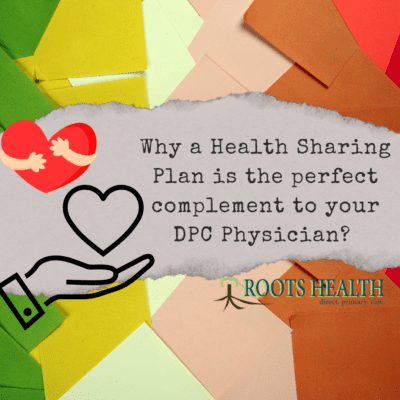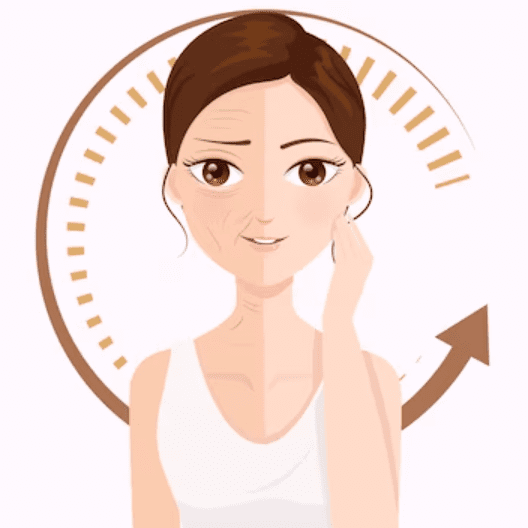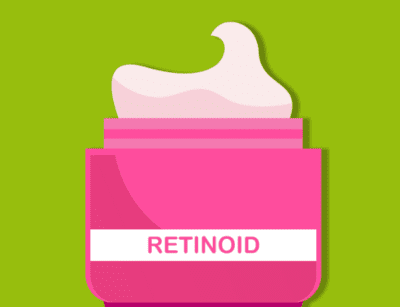holiday stress
5 Tips for a Stress-Free Holiday Season
I am at the point in my life where I Just want soak up and enjoy the holidays with my family as much as I can. I don’t want to spend time with any negative energy.
The following are by best tips for doing just that:
1. Adjust Expectations:
Don’t aim for perfection. Families evolve, traditions change. Feelings are not facts…focus on what truly matters and allow yourself the space to process those feelings.
Maintain Healthy Habits:
Keep basic routines intact to avoid holiday chaos. Prioritize:
- Sufficient sleep
- Balanced meals
- Moderate alcohol consumption
- Regular physical activity
- Any relaxation techniques: breathing, meditation, or yoga.

2. Prioritize Self-Care:
Carve out time for yourself first. Engage in activities that bring joy, be it a walk or getting a massage. This rejuvenating practice can give you the boost you need to handle holiday demands.
3. Learn to Say “No”:
It’s okay to decline invitations or activities beyond your capacity. Remember, ‘No’ is a complete sentence. If overwhelmed, remove less essential tasks from your agenda to free up time for more self-care.
4. Seek Support:
Reach out to trusted friends, family, or even a therapist. Utilize coping tools to process feelings. Remember, you’re never alone.


